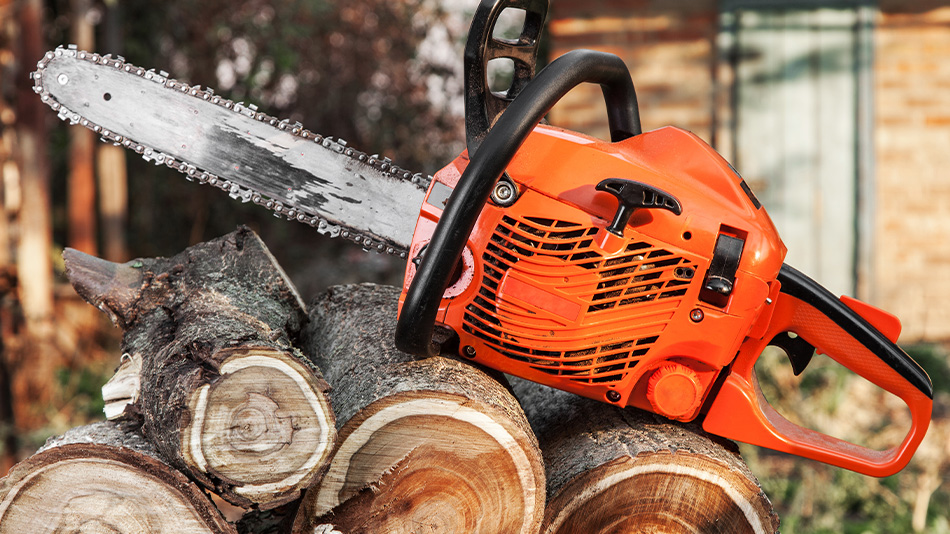Maintaining the trees on your property can be both fulfilling and challenging. Many homeowners in Elizabeth, NJ, are eager to handle these tasks themselves, but tree care involves complexities that demand attention to avoid costly mistakes. By understanding potential pitfalls in DIY tree maintenance, you can better ensure the health of your trees and prevent property damage. This guide explores common errors in tree care, recognizing when professional help is needed, and dealing with the unique challenges presented by the local climate and environment.
What Are the Most Common DIY Tree Maintenance Mistakes?
A frequent error made by homeowners is improper pruning. Though pruning might seem simple, the timing and technique are essential. Inadequate cuts can lead to stress, making trees more vulnerable to diseases and pests. Proper removal of dead branches while preserving the tree's integrity is crucial to maintain its health.
Ignoring root growth is another oversight. Planting trees too close to structures can result in root intrusion, which may damage foundations, driveways, and plumbing. It's vital to understand a tree's mature size and to plant accordingly, allowing roots to flourish without creating safety hazards.
Additionally, some assume that any tree can be removed with basic tools. However, attempting to remove large trees without proper equipment and knowledge can result in personal injury or significant property damage. In such complex scenarios, calling in a professional is not only wise but essential.
How Can DIY Tree Work Lead to Property Damage?
Improper tree maintenance can cause significant property damage, especially if removals or prunings are attempted without the necessary expertise. Falling branches, poorly conducted tree removals, or even mishandling roots can damage roofs, windows, and vehicles, leading to costly repairs and creating unsafe conditions.
Lawn equipment misuse around trees is another risk. Equipment like lawn mowers or string trimmers can harm the trunk and root system, impacting stability and potentially turning the tree into a hazard. Abrasions on the bark from these tools invite disease and pest infestations.
Lastly, overlooked drainage issues can pose problems. When planting trees, consider how water flows through the property. Improper drainage may result in soil erosion around the tree roots, weakening them and increasing the likelihood of tree failure during storms.
When Does DIY Tree Maintenance Become a Safety Hazard?
Tree maintenance turns into a safety hazard when tasks surpass the homeowner's skill level and equipment capabilities. Climbing large trees without proper safety harnesses or using chainsaws at dangerous heights can lead to severe accidents. Understanding your limits and prioritizing safety is crucial.
Working near power lines adds another layer of risk. Trees often grow in proximity to power lines, making any trimming or removal extremely dangerous. Such situations should be handled by trained personnel who understand the complexities and risks involved.
The danger of falling debris also cannot be ignored. Without knowledge of how to control falling branches, amateurs might cause unintended damage to homes or neighboring properties. Recognizing when a task might be too challenging is key to preventing accidents and ensuring safety.
What Should You Do If a Tree Shows Signs of Disease or Pests?
Trees showing signs of disease or pest infestations require immediate action. Symptoms such as discolored leaves, abnormal growths, and visible insect activity weaken trees, making them susceptible to further damage.
An early diagnosis and intervention are vital for tree health. Consult a professional arborist to accurately identify the problem and determine a treatment plan. They can apply focused interventions like pesticides or nutritional supplements, tailored to the condition of the tree.
Regular inspections can catch problems early. Seasonal checks enable homeowners to handle issues proactively rather than reactively, minimizing damage and extending tree lifespan. This approach ensures continuous care and prevents severe problems from developing.
At What Point Should You Call a Professional Tree Service?
There are clear signs that professional tree services are needed. The presence of large dead branches, abnormal tree leans, or multiple disease signs indicate that early professional intervention can prevent further complications. Professionals have the training to handle these complex issues safely and efficiently.
Major projects like removals or addressing structural defects also warrant expert assistance. These tasks require specialized equipment and expertise to be performed safely and effectively, minimizing the risk of damage to people and property.
Leveraging an arborist’s knowledge can also be crucial in navigating local regulations and ensuring compliance with city ordinances. This expertise ensures your tree care aligns with community standards and helps protect your investment and the local environment.
What Skills & Tools Are Essential for Safe Tree Maintenance?
Safe and effective tree maintenance requires both the right tools and an understanding of how to use them. Basic equipment includes pruning shears, hand saws, and essential protective gear like gloves and safety goggles. For larger projects, ladders and possibly chainsaws may be necessary, handled with extreme care to ensure safety.
Correct techniques are just as important as the tools. Skilled pruning involves cutting at precise locations on the branch to encourage healthy regrowth and understanding the tree's growth patterns. Incorrect cuts can leave trees vulnerable to decay and disease.
Understanding basic tree biology further aids homeowners in appreciating how each action affects tree health. This includes identifying the optimal time for specific tasks, recognizing trees' distress signals, and implementing preventative measures to ward off pests and disease. Investing time in acquiring these skills can lead to healthier trees and a safer property.
Taking a thoughtful approach to tree maintenance enhances the beauty of your landscape and ensures the wellbeing of your trees and property. While several tasks may be manageable on your own, knowing when to call Giron's Tree Service can be vital for more complex issues. Reach out to our team at (908) 529-0093 when your tree care needs a professional touch, ensuring your trees continue to thrive.


